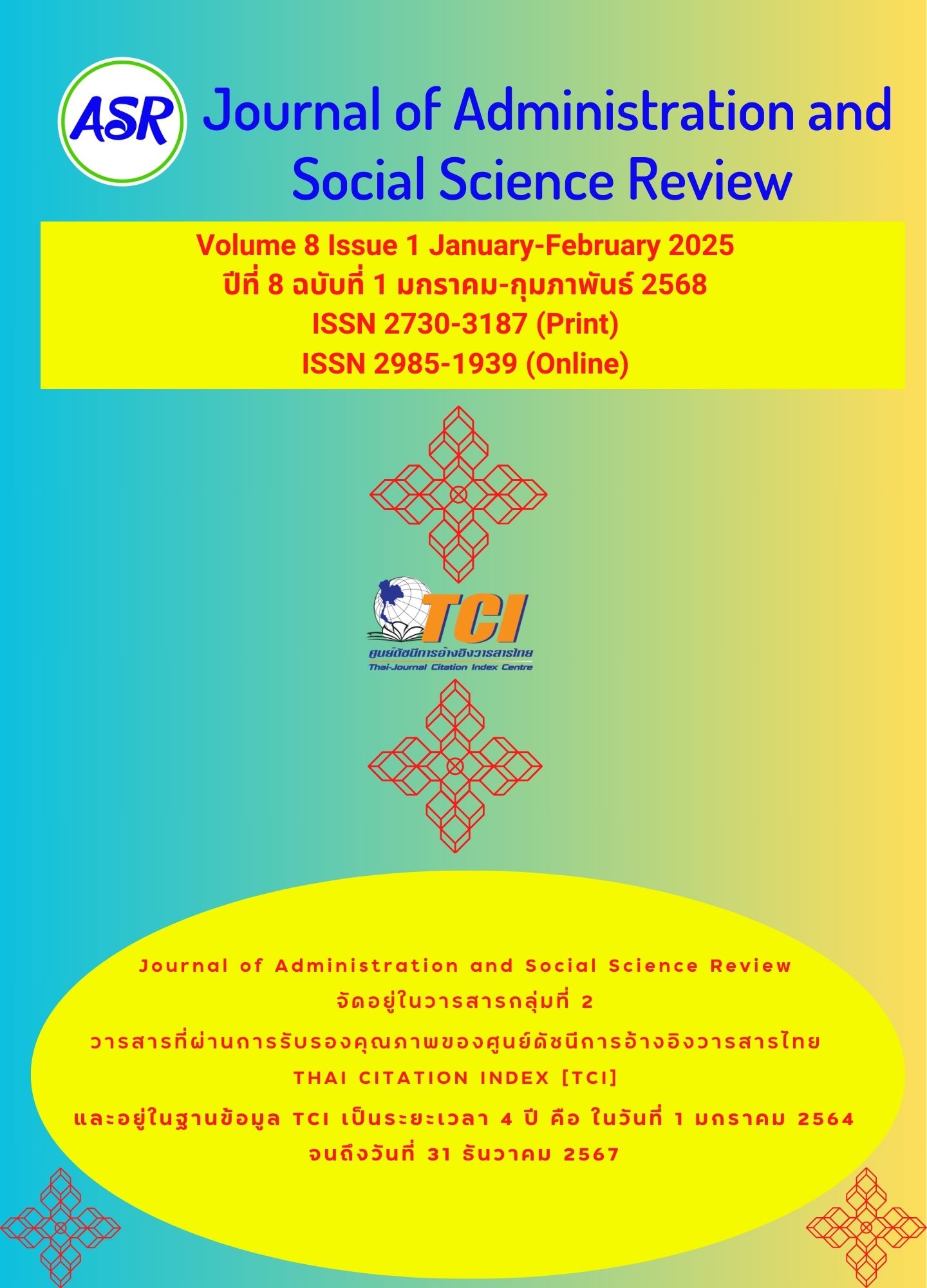School Administrator Leadership Affecting the Internal Supervision at Schools under Chiang Rai Provincial Office of Learning Encouragement
Keywords:
leadership, the internal supervisionAbstract
This study aimed to 1) study the leadership level of school administrators under the Office of the Provincial Education Promotion, Chiang Rai Province; 2) study the level of internal supervision at the schools under the Office of the Provincial Education Promotion, Chiang Rai province; and 3) study the leadership of school administrators affecting the internal supervision at the schools under the Office of the Provincial Education Promotion, Chiang Rai province. This study utilized a quantitative research approach by the sample of 212 school administrators and teachers under the Office of the Provincial Education Promotion, Chiang Rai province, using a simple random sampling method. The instrument used was a questionnaire on the leadership of school administrators affecting the internal supervision in schools under the Office of the Provincial Education Promotion, Chiang Rai province. The data were analyzed by frequency, percentage, mean, standard deviation, and multiple regression analysis.
The results of the research revealed that
- The overall leadership of the school administrators under the Office of the Provincial Education Promotion, Chiang Rai province was at a high level (
= 4.46 SD = .48)
- The overall Internal supervision at the schools under the Office of the Provincial Education Promotion, Chiang Rai province was at a high level (
= 4.44 SD =.48)
- The leadership of school administrators affecting the internal supervision of the Chiang Rai Provincial Learning Promotion Office included: individual consideration (X4), intellectual stimulation (X3), and ideological influence (X1). It could be predicted with statistical significance at the.05 level with a multiple correlation coefficient of.747 and a prediction efficiency of 74.7 percent. The standard error in the prediction was ±.24353



